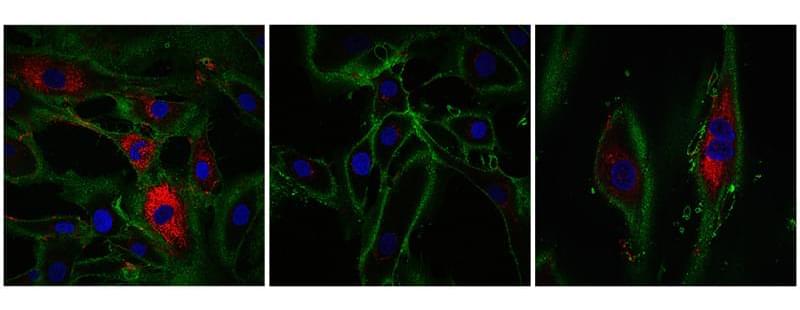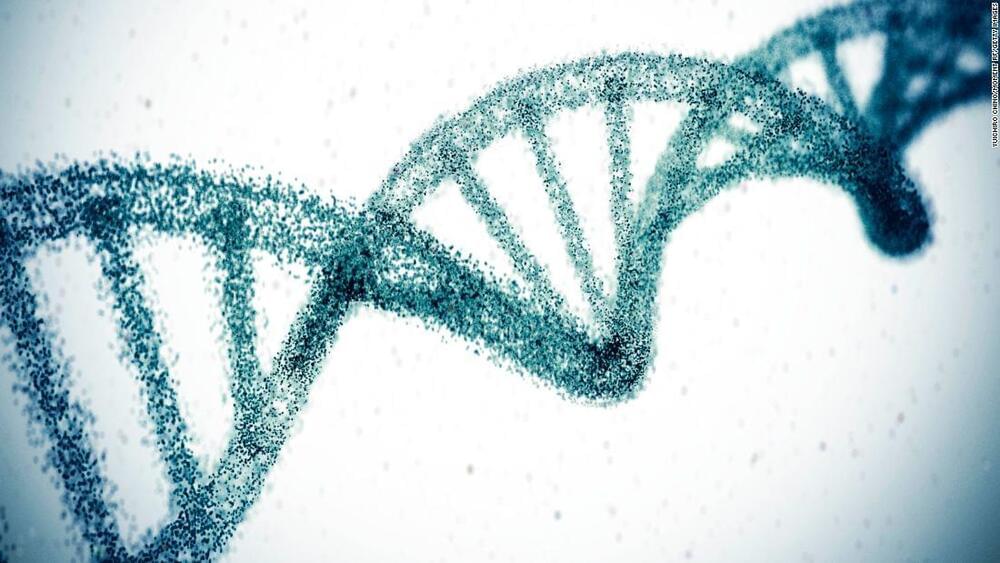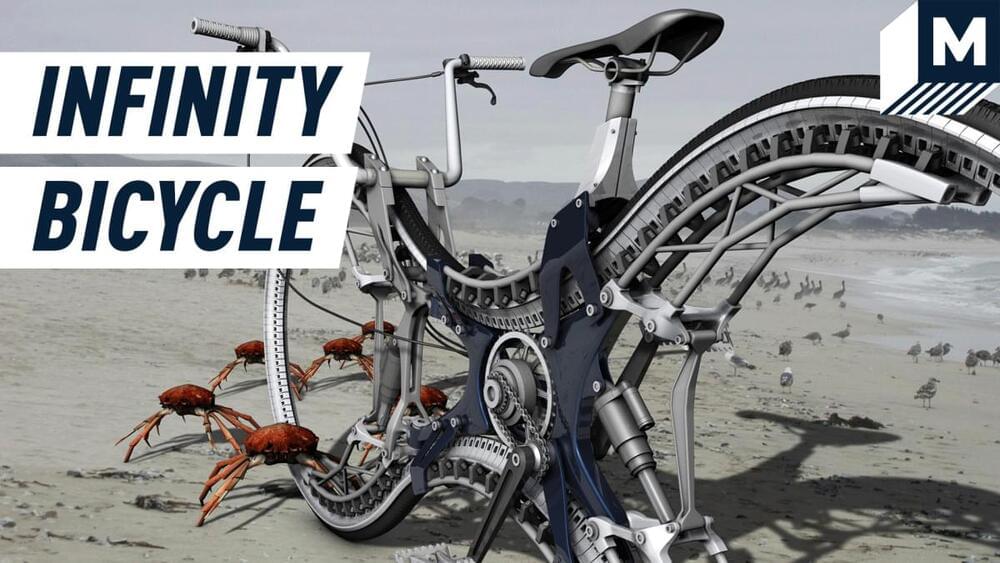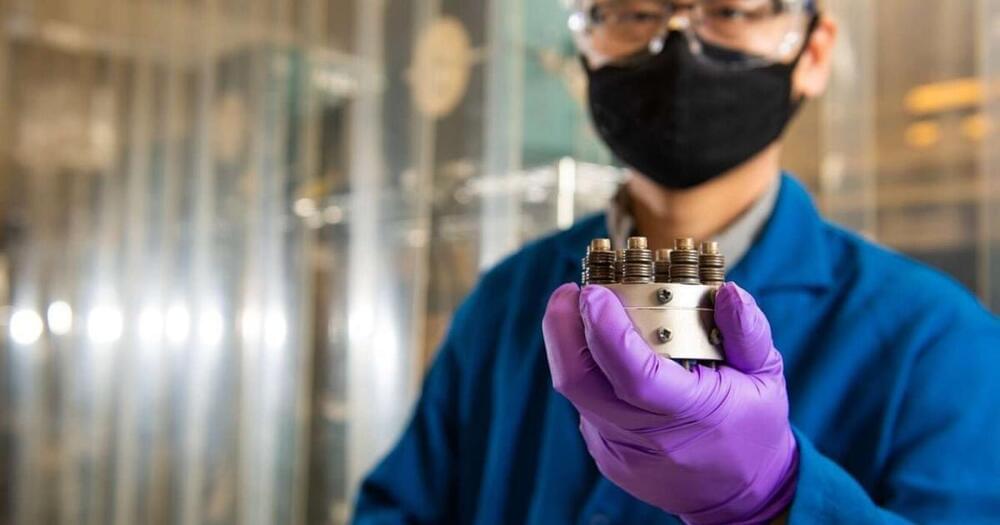
The researchers looked at multiple measures of cellular age. First, they used the epigenetic clock, where chemical tags throughout the genome indicate age. Secondly, they looked at the transcriptome, all the gene readouts produced by the cell. By these two measures, the reprogrammed cells matched the profile of cells that were 30 years younger, compared to reference data sets. In other words, cells from a woman of 53 now appeared like those of a woman aged 23.
The potential applications of this technique are dependent on cells not only appearing younger, but functioning like young cells too. Fibroblasts produce collagen – a molecule found in bones, skin tendons, and ligaments, helping provide structure to tissues and heal wounds. In this study, the rejuvenated fibroblasts produced more collagen proteins compared to control cells that did not undergo the reprogramming process. Fibroblasts also move into areas that need repairing. Researchers tested the partially rejuvenated cells by creating an artificial cut in a layer of cells in a dish, seen in the video below. The treated fibroblasts moved into the gap faster than older cells. This is a promising sign that one day this research could eventually be used to create cells that are better at healing wounds.
In the future, this research may also open up other therapeutic possibilities; the researchers observed that their method also influenced other genes linked to age-related diseases and symptoms. The APBA2 gene – associated with Alzheimer’s, and the MAF gene with a role in the development of cataracts – both showed changes towards youthful levels of transcription.


















